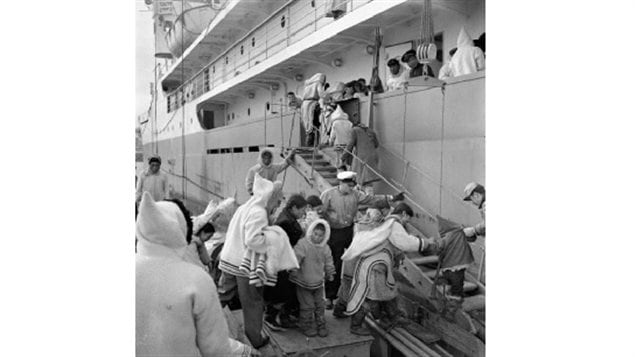Tuberculosis has been a particular and serious health problem in Canada’s far north for almost 100 years.
Scientists from McGill University have found that there is a commonality to the strain throughout the region known as Nunavik and elsewhere in the north, but that it is also not more virulent than other strains.
The study was published in the online science journal Proceedings of the National Academy of Sciences under the title, Population genomics of Mycobacterium tuberculosis in the Inuit
In spite of about three hundred years of contact between northern Inuit and Cree and European traders and whalers, scientists have now found that TB in the north comes from one source which came as a result of more continuous contact as permanent trading posts in the region began to be set up in the early 1900’s.
As a result of a sudden outbreak of TB in 2011-12, the team from McGill began further genetic study of the TB strains. Using known mutation rates, they were able to estimate the TB bacillus arrived in Nunavik about 1919.
Their findings were published in the Journal of Infectious Diseases under the title, Re-emergence and Amplification of Tuberculosis in the Canadian Arctic.

The McGill research team said because the TB strain is not more virulent, it should be easily treatable, and that its continuation and spread throughout the northern aboriginal communities is due more to social conditions of overcrowding and substandard housing.
In 2008, a study found Canada’s four main Inuit regions had a tuberculosis incidence rate of 157.5 for every 100,000 people. The rate in southern Canada was 0.8 per 100,000.
Supervisor of the research, Marcel Behr of McGill was quoted by the CBC saying, “You can either see TB as the problem, and then your goal is controlling TB, or you can see TB as a symptom of the problem, and then your goal should be broader. What we need is not brand-new interventions, but to scale up things that already exist and we have to apply them better.”







For reasons beyond our control, and for an undetermined period of time, our comment section is now closed. However, our social networks remain open to your contributions.